Imaging and Radiology
Trusted Diagnostic Imaging Services
Imaging and radiology offers a non-invasive way for specially trained doctors, called radiologists, to view and assess structures inside of the body. At Hunt Regional Healthcare, our expert radiologists are equipped to evaluate a wide variety of diagnostic images, to aid in the diagnosis and treatment of many illnesses and injuries.
Upfront Price
We accept most insurance plans and offer affordable cash price options to make sure our patients have easy and convenient access to imaging services. The discounted pre-paid price amount is collected in one initial payment and includes the radiologist’s interpretation.
You will receive a voucher to be presented at the time of service.

Services
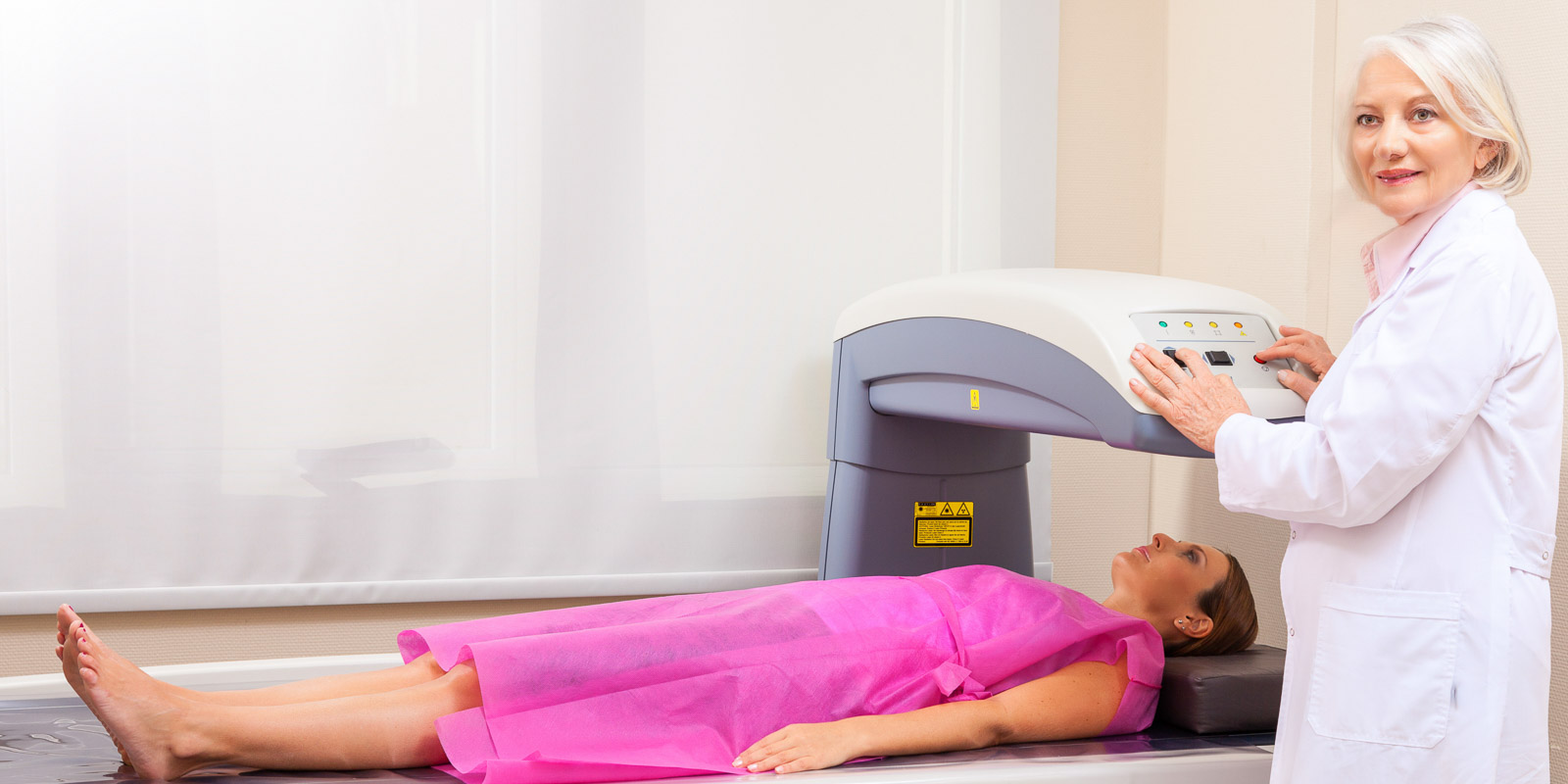
Bone Density Screening
Female patient undergoing x-ray scan with professional assistance.
Bone Density Screening
A bone density screening test is a simple, painless, and noninvasive procedure that can detect osteoporosis.
Learn More
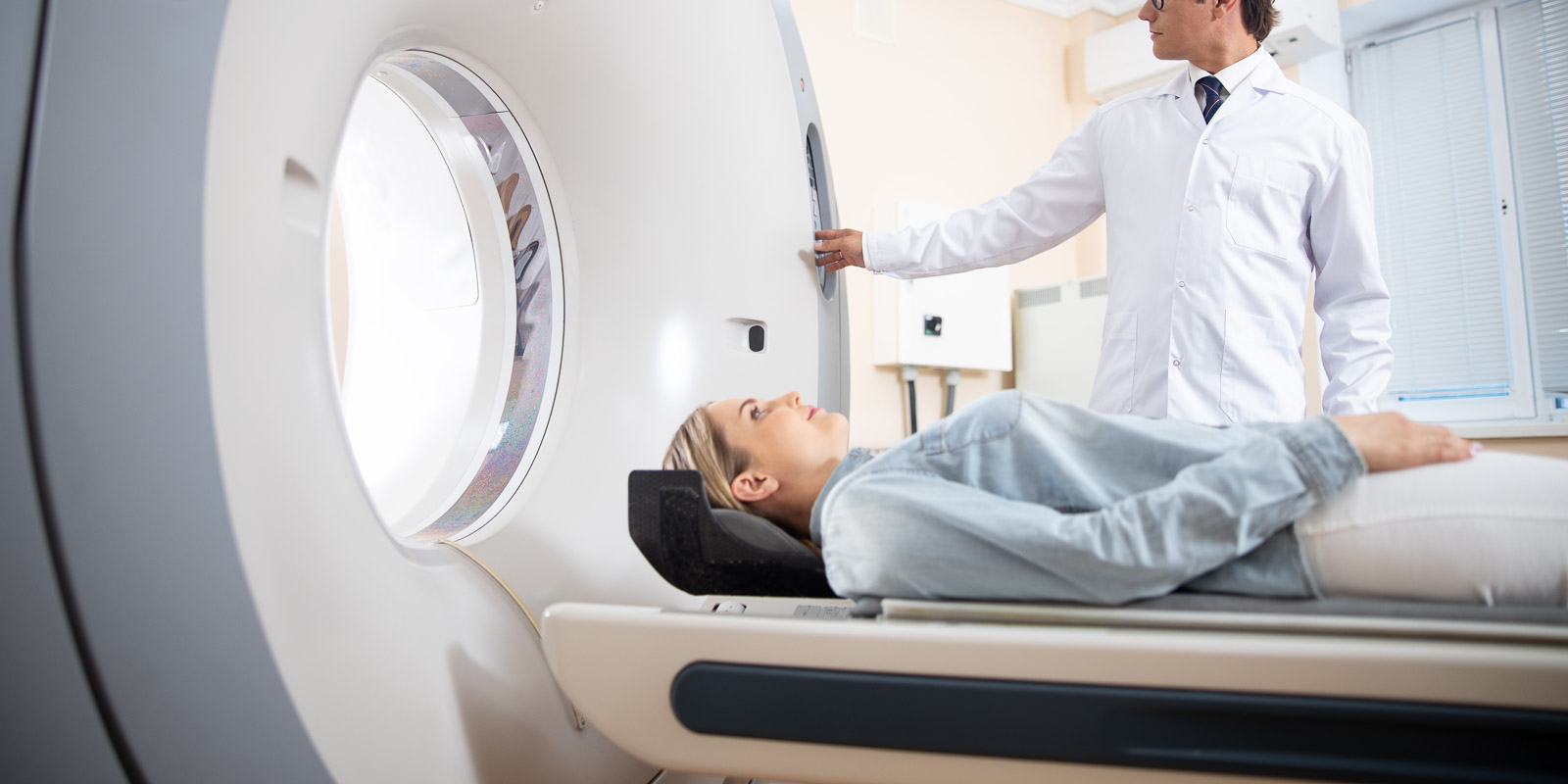
CT Scan
Doctor doing computed tomography for female patient stock photo. Medicine diagnostic concept
CT Scan
A CT scan is a painless, non-invasive exam that gives your doctor a clear view of organs and other internal body structures that can't be seen clearly on conventional X-rays.
Learn More

Deep Resolve
Deep Resolve
What is Deep Resolve? Deep Resolve contains AI-powered image reconstruction technologies called Deep Resolve Boost, which addresses image noise introduced by high acceleration factors, and a technology called Deep [...]
Learn More
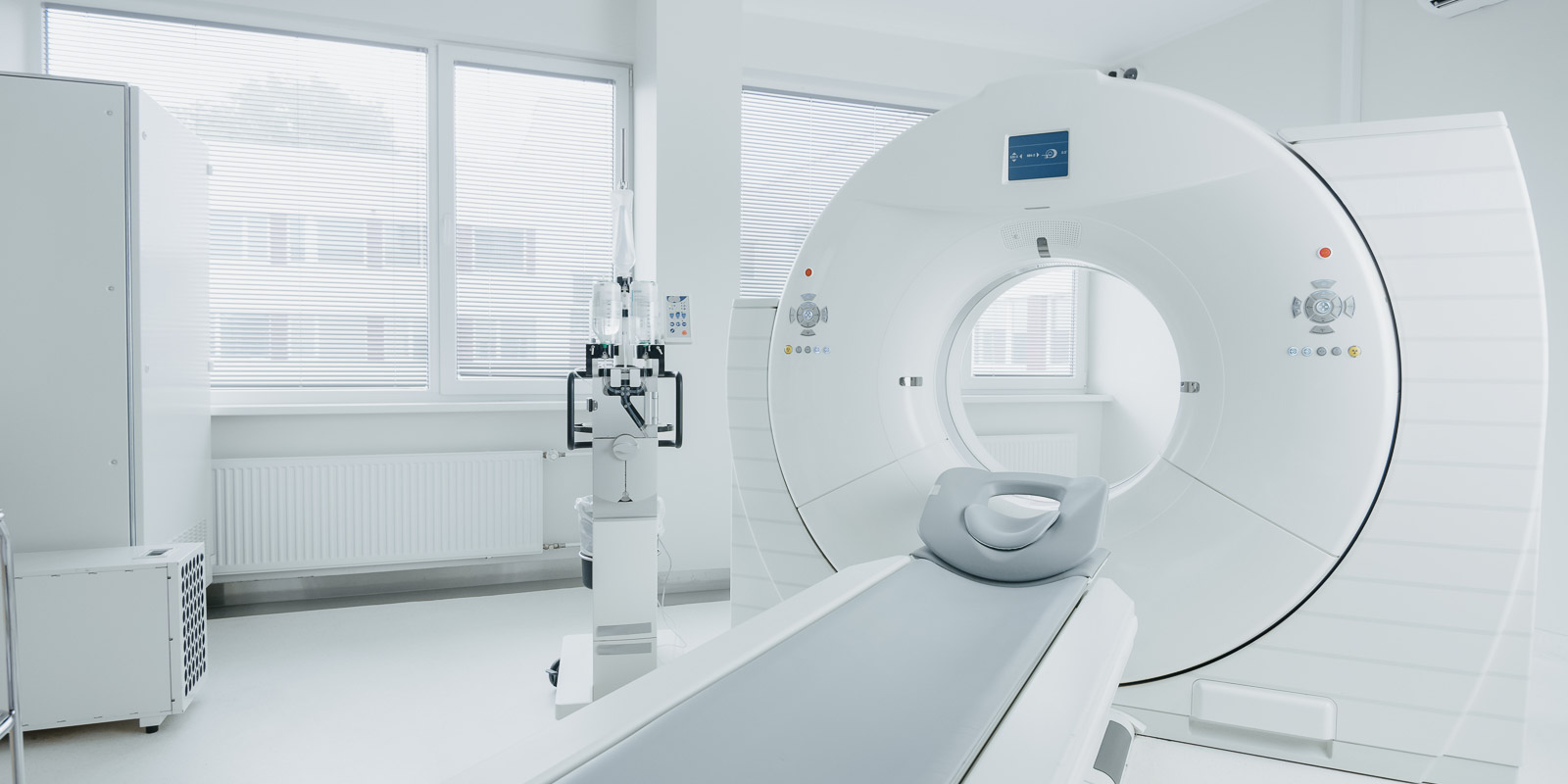
Magnetic Resonance Angiography (MRA)
Magnetic Resonance Angiography (MRA)
Magnetic Resonance Angiography (MRA) is a non-invasive method of vascular imaging that offers real-time, interactive imaging.
Learn More
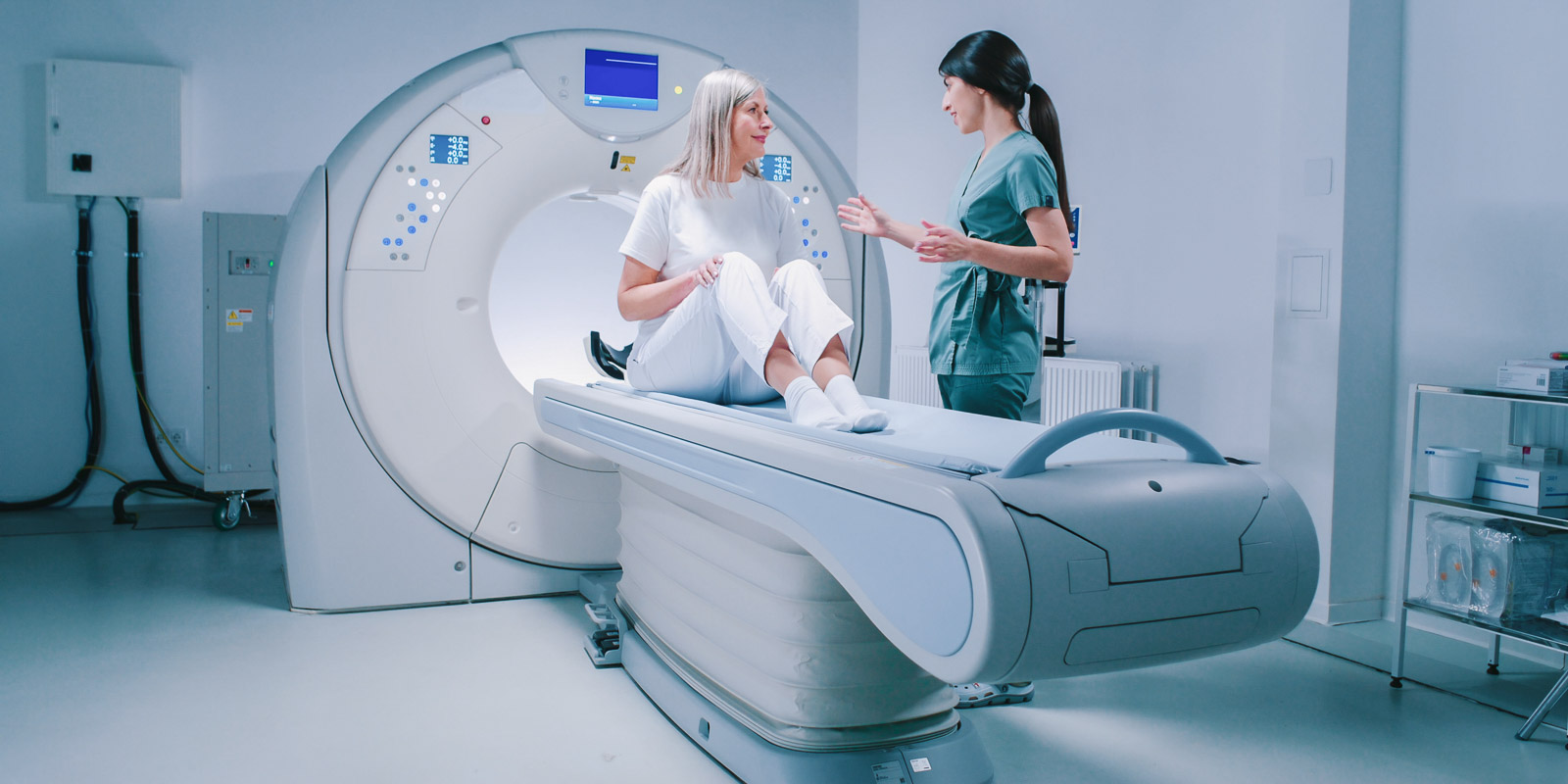
Magnetic Resonance Imaging (MRI)
Doctor and patient are discussing results of tomography eximination. Female doctor is scrolling scrren of tablet and analizing scans of brain. Woman is sitting and listens attentively to doctor.
Magnetic Resonance Imaging (MRI)
Magnetic Resonance Imaging (MRI) uses a magnetic field and radio waves to produce a highly accurate view of the inside of any portion of your body without using X-rays.
Learn More
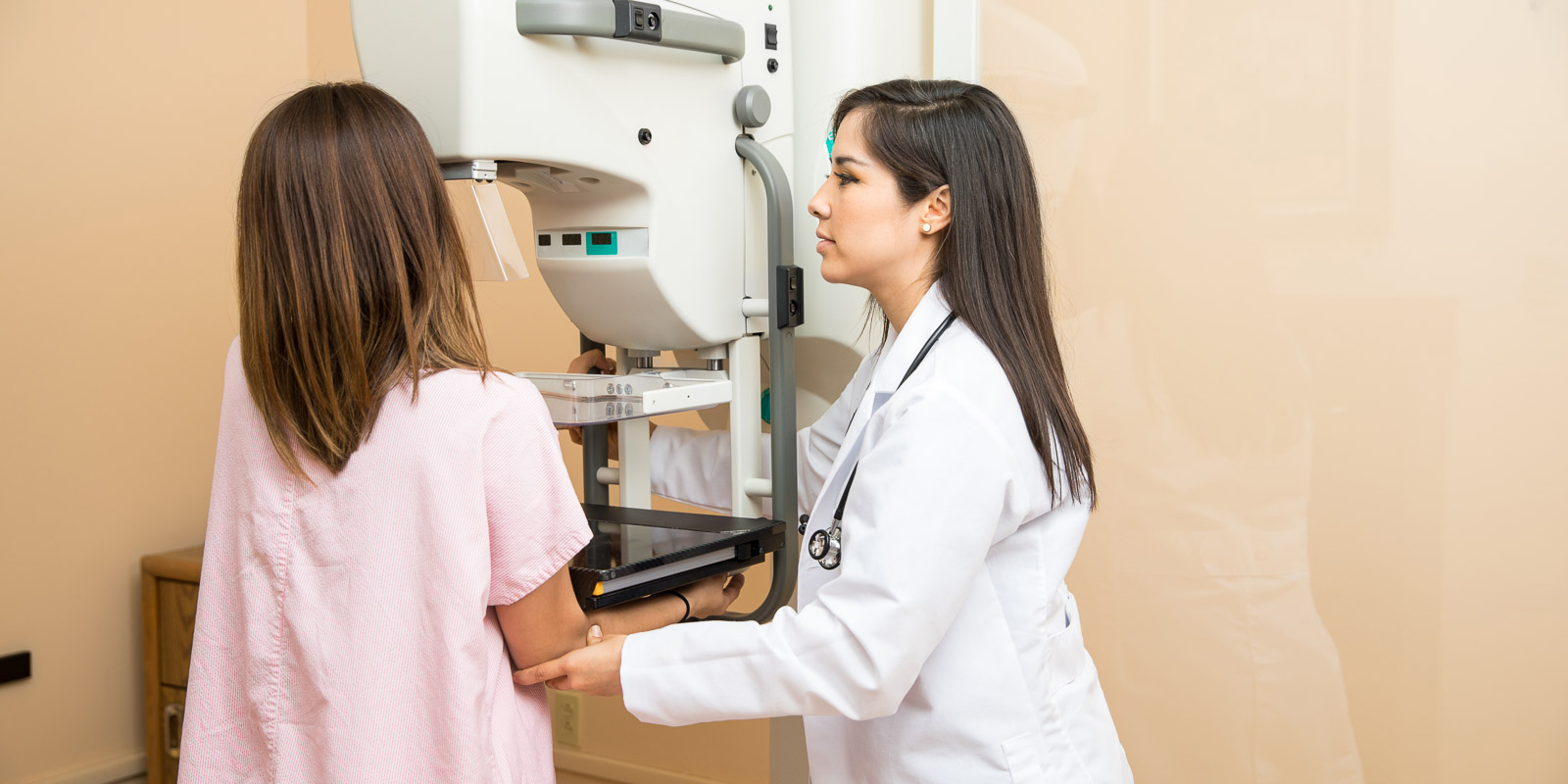
Mammography
Pretty female doctor setting a patient in the correct position to get a mammogram in a clinic
Mammography
A mammogram is a specialized x-ray used to analyze breast tissue. This method of imaging and radiology can help screen for abnormal changes before a lump is large enough to be felt.
Learn More
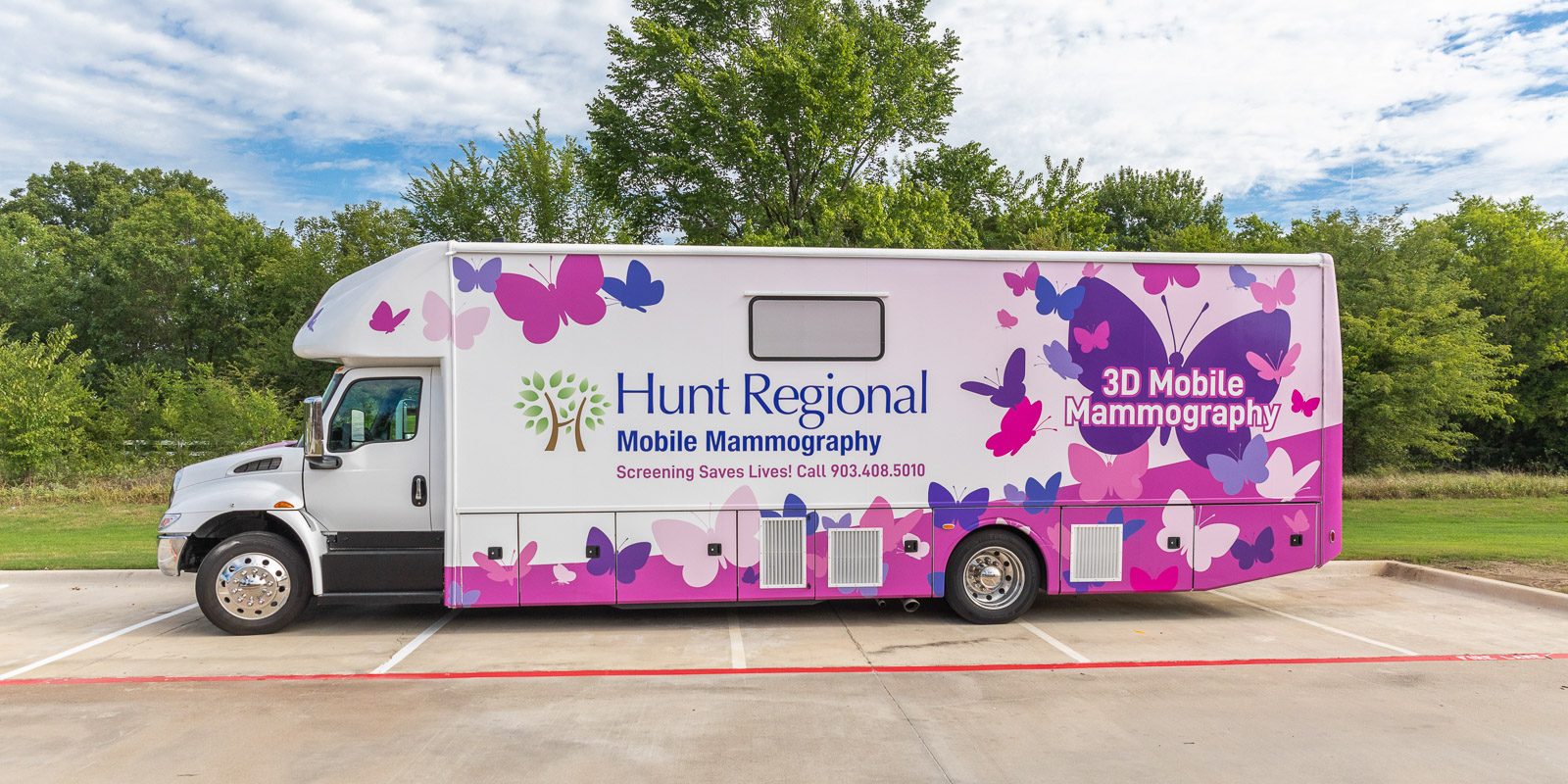
Mobile Mammography Coach
Mobile Mammography Coach
The Tubby Adkisson Mobile Mammography Coach is fully equipped with 3D digital mammography equipment to conduct mammograms at remote locations throughout Hunt County without a referral by a doctor.
Learn More
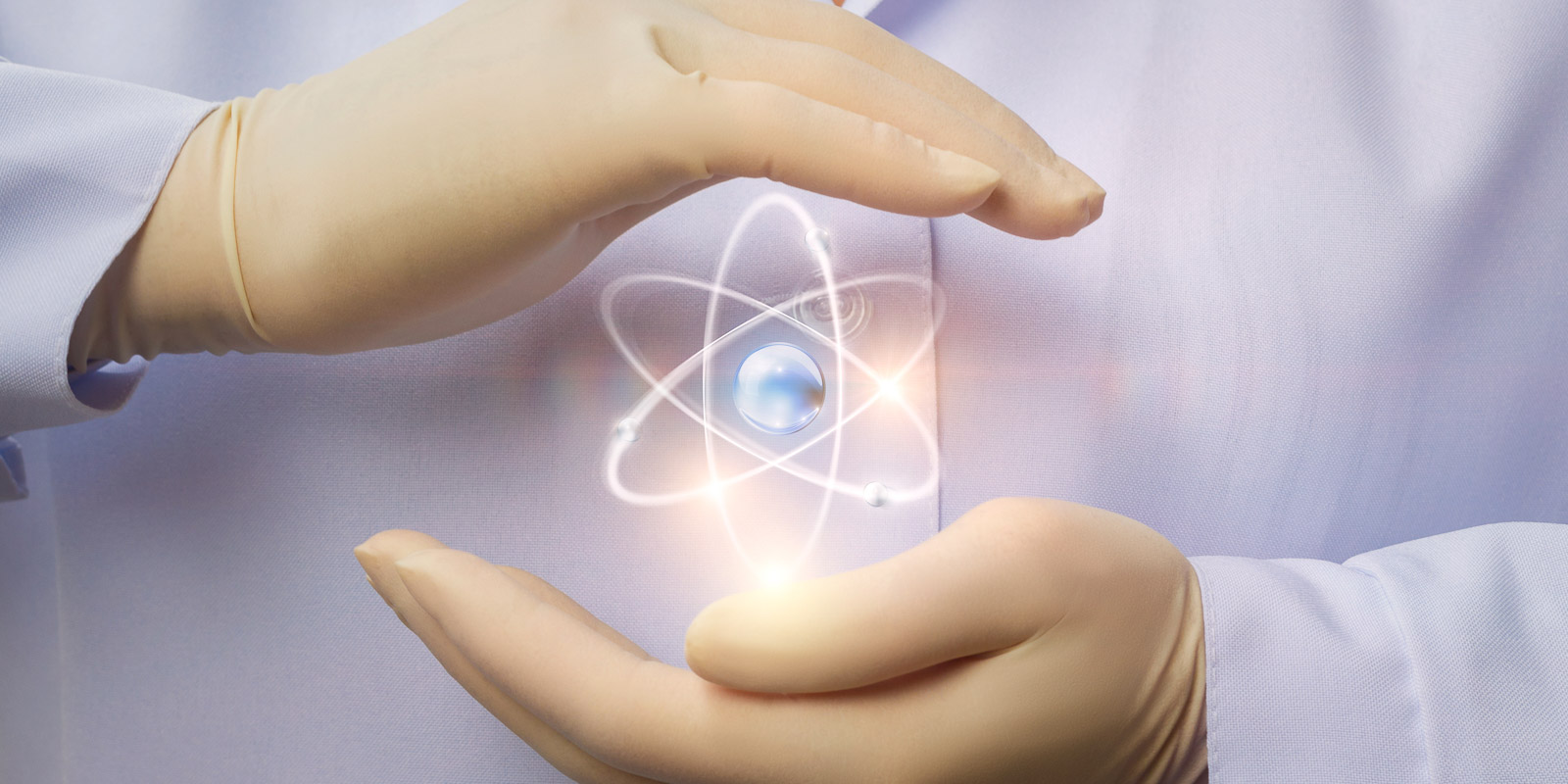
Nuclear Medicine
Protection of peaceful nuclear energy in the hands of the scientist.
Nuclear Medicine
Nuclear medicine imaging uses tiny amounts of radioactive materials, called radiotracers or radiopharmaceuticals, to diagnose and treat disease.
Learn More

PET/CT Scan
PET/CT Scan
PET/CT scans are a type of nuclear medicine imaging commonly used to diagnose and treat different types of cancer, as well as Alzheimer’s disease, heart disease, Graves’ disease, and Parkinson’s disease.
Learn More

Ultrasound
a medical equipment background, close-up ultrasound machine
Ultrasound
Ultrasound testing uses sound waves instead of radiation to "see" inside your body. It is a safe, painless procedure.
Learn More
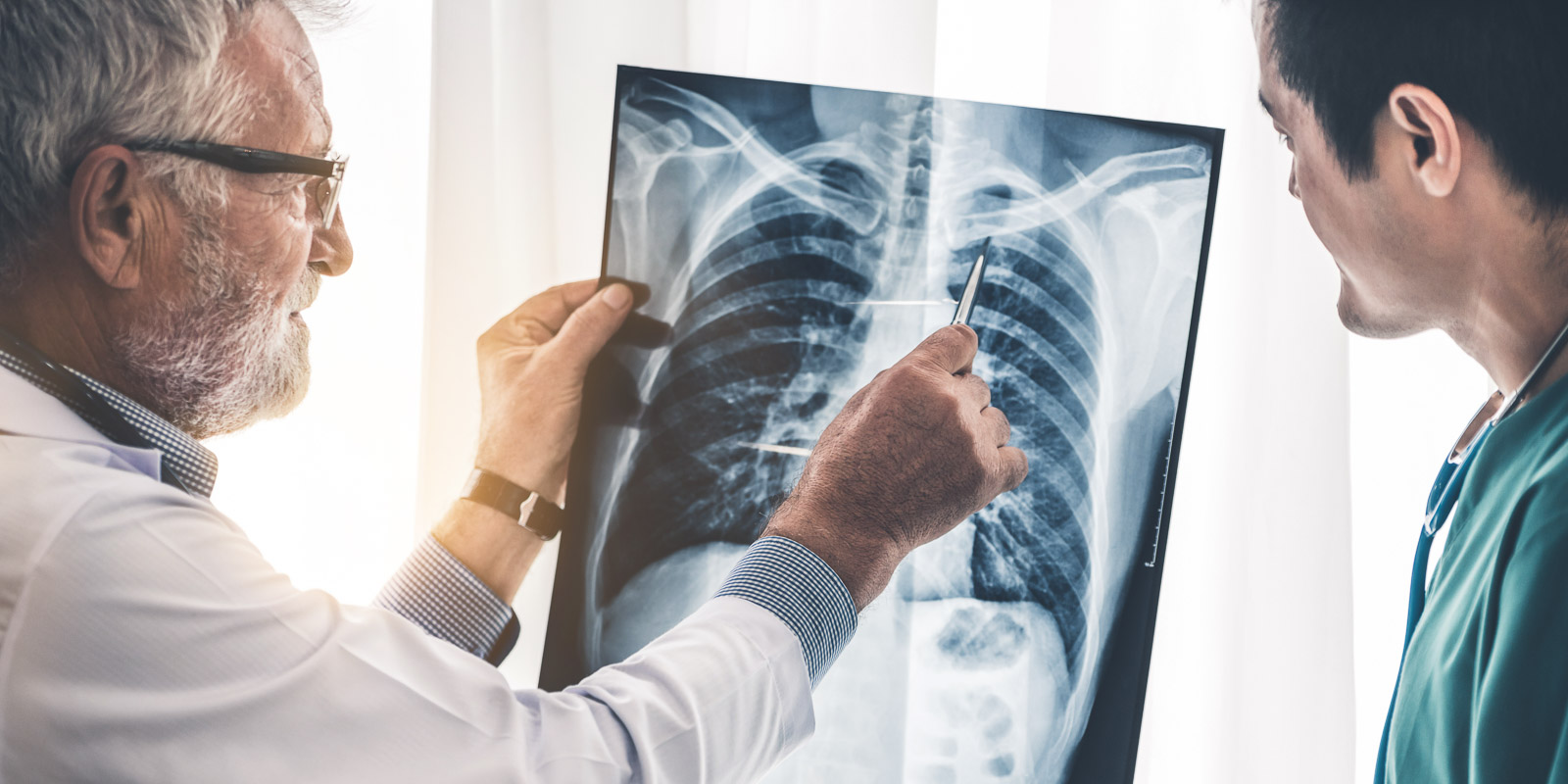
X-Ray
Senior male doctor looking at x ray film of patient chest injury while working with another doctor at the hospital. Medical healthcare staff and doctor service.
X-Ray
An X-ray exam is a standard and painless method of imaging that passes small amounts of radiation through the body to create pictures of your internal organs or bones.
Learn More
Locations
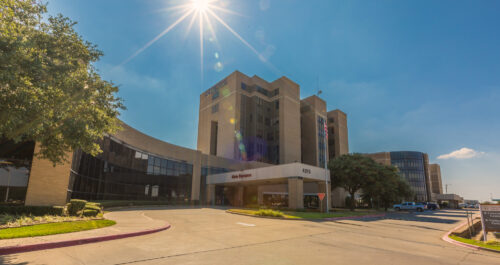
Hunt Regional Medical Center Greenville
- 4215 Joe Ramsey Blvd E, Greenville, TX 75401
- 903.408.5000
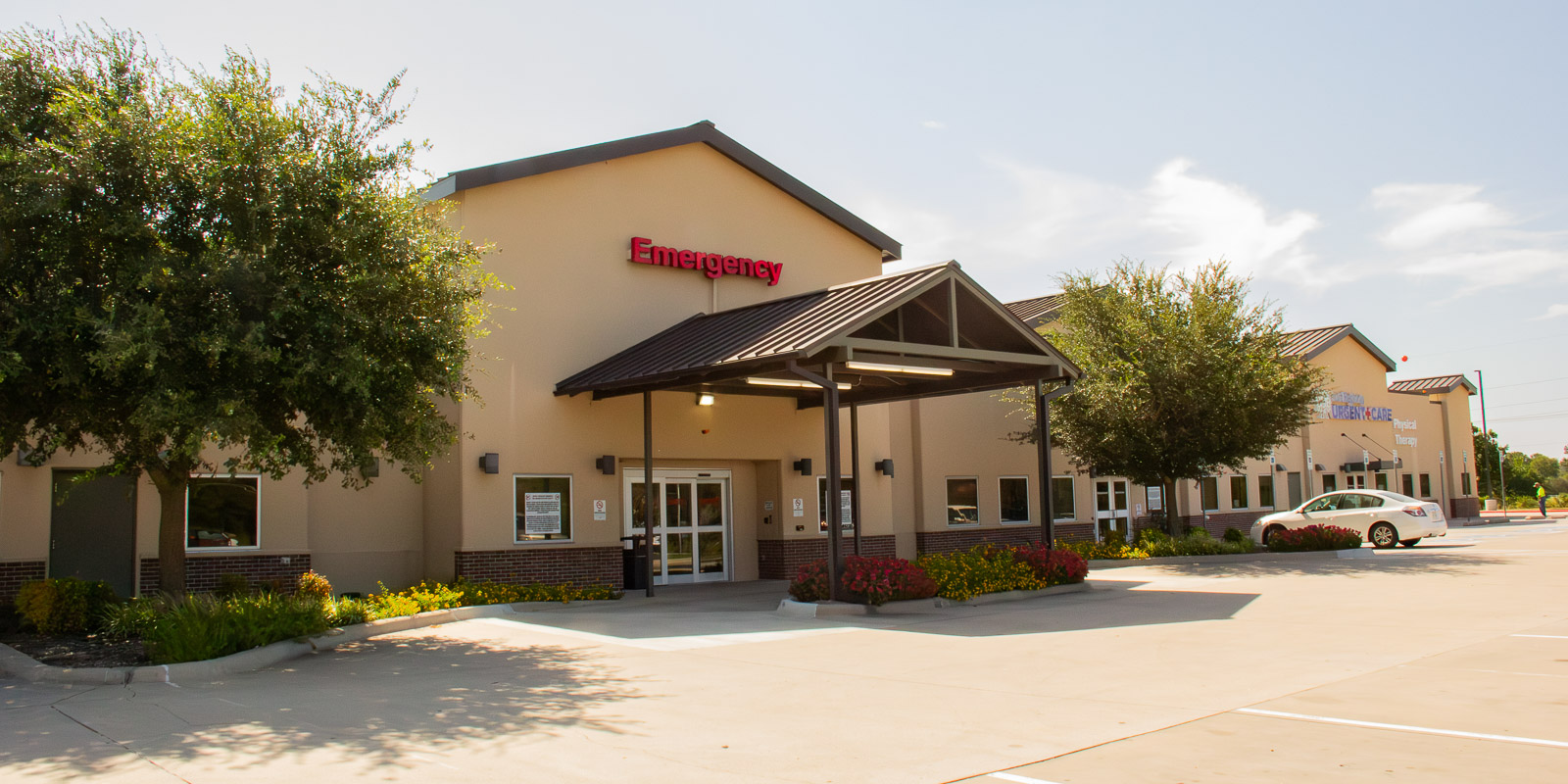
Hunt Regional Emergency Medical Center at Commerce
- 2800 TX-24 Suite A, Commerce, TX 75428
- 903.886.3161
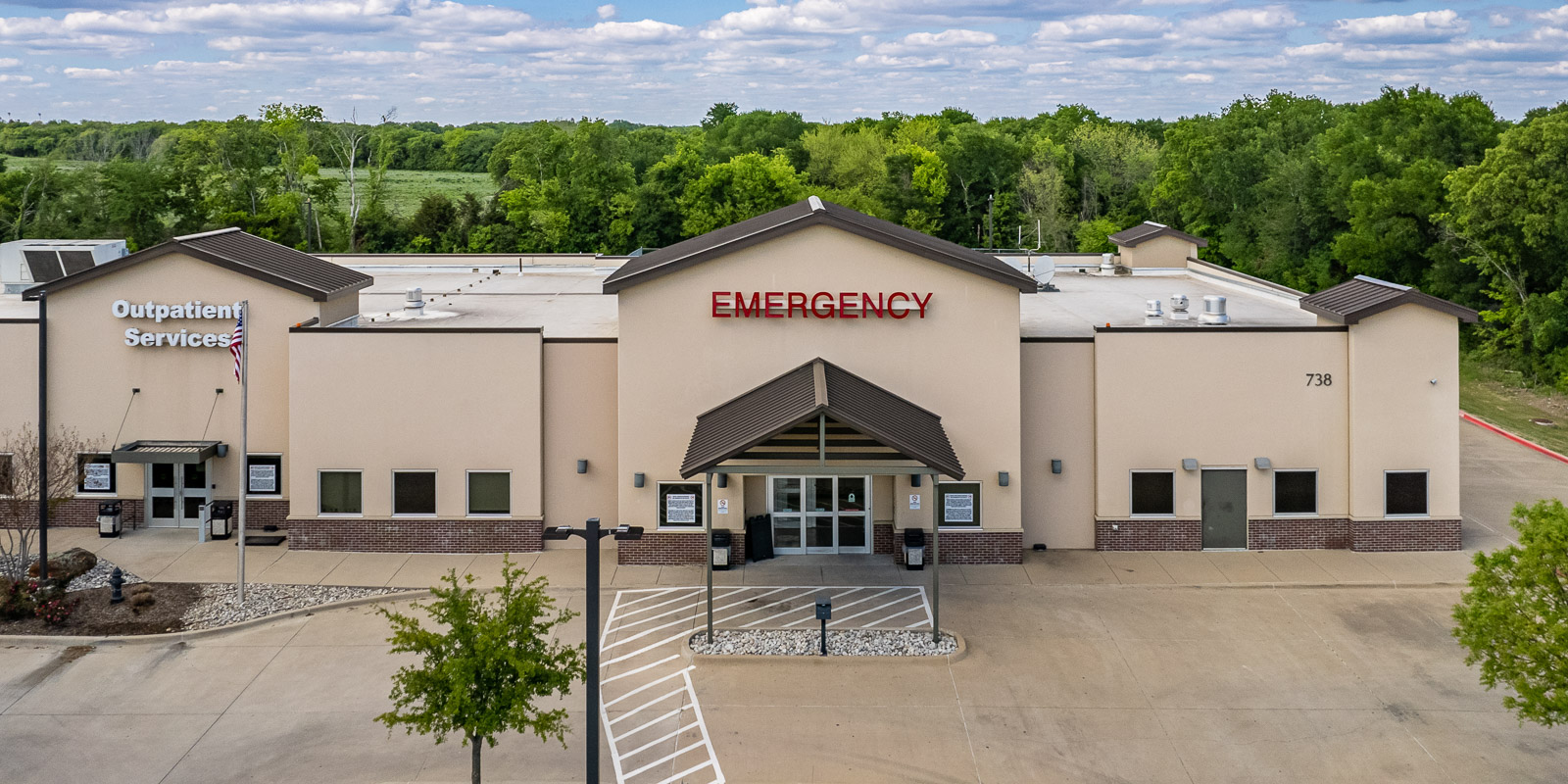
Hunt Regional Emergency Medical Center at Quinlan
- 738 E. Quinlan Pkwy., Quinlan, TX 75474
- 903.408.4800
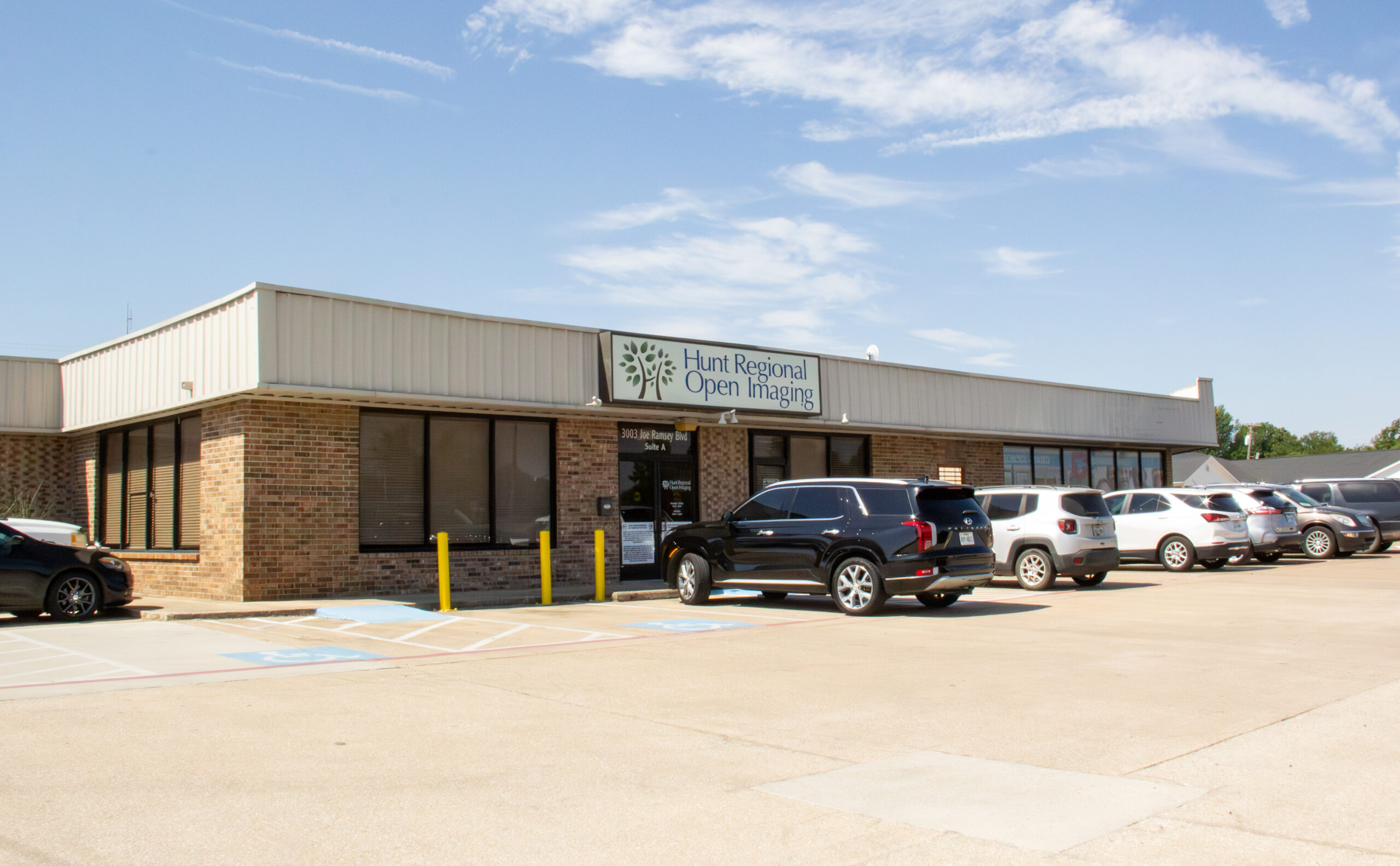
Hunt Regional Open Imaging – Greenville
- 3003 Joe Ramsey Blvd, Greenville, TX 75401
- 903.455.3330
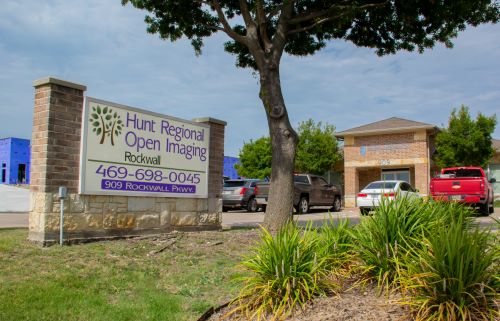
Hunt Regional Open Imaging – Rockwall
- 909 Rockwall Parkway, Rockwall, TX 75032
- 469.698.0045
Frequently Asked Questions
When you’re scheduled for a diagnostic imaging procedure, you may be slightly nervous or intimidated, especially if you’ve never gone through the procedure before. We understand your uneasiness and will do everything in our power to make the procedure as comfortable as possible. One way we strive to do that is by providing you with as much information beforehand as possible, so you can be informed.
Exposure to any form of radiation can bring health risks, however medical imaging radiation is conducted in a way that reduces as much health risk as possible. Hunt Regional Healthcare radiologists are trained to understand the risks and reduce them to the best of their ability when conducting diagnostic procedures. While some patients may be at heightened risk of radiation dangers than others, our doctors will work with you to determine your level of risk and the proper precautions that should be taken.
Contrast material is a substance that temporarily changes the way X-rays, scans and other forms of medical imaging interact with the body. They can be taken in three forms: by being swallowed, through an enema, or injected into a blood vessel. Contrast materials are necessary because they help improve pictures of the inside of the body. Without contrast materials, the medical imaging will not produce clear enough images to properly diagnose health problems.
No, you should not experience pain during a medical imaging procedure. You may experience minor discomfort, depending on the type of procedure, but diagnostic imaging exams should not be painful.
Depending on the type of diagnostic imaging procedure, these exams are generally safe for pregnant women. According to the American College of Radiology, no single diagnostic X-ray results in radiation exposure enough to threaten the health of the developing embryo or fetus. However, your doctor can work with you to determine the safest diagnostic imaging method.
How you prepare for your exam will depend on the type of diagnostic imaging procedure you are scheduled for. Prior to certain exams you can go about your normal routine, including your normal eating schedule, but prior to others, there may be dietary and/or medication restrictions that must be followed. Your doctor will be able to explain any specific instructions to adhere to.
The best way to prepare for diagnostic imaging if you are claustrophobic is to first educate yourself about what to expect. Some procedures, like CT scans, aren’t completely enclosed, and many facilities have open MRIs, which have more space as all four sides are open. If you are still worried about being claustrophobic during the procedure, try meditation, deep breathing or listening to music. Ask your doctor as many questions as you need to feel comfortable. If you have to, talk to your doctor about taking a mild sedative for the procedure.
In order for the imaging procedure to produce the highest quality images possible, patients are asked to remain still. Your doctor will let you know when you should try to be still and when it is okay to move.
Fillings or braces may cause minor distortion of the diagnostic images if you are having a scan of your face, neck or back.
The best option is to wear comfortable clothing without any metal. Do not wear any jewelry, like necklaces, earrings or watches. You will not be able to take your car keys, watches, hair pins, cell phones, coins, glasses or other belongings into the exam room, so be sure to leave those items at home or with a loved one in the waiting room. Do not apply any skincare, like body lotions, sunscreen, topical analgesic ointments, creams, gels or sprays prior to your appointment.
If you wish, you can bring an adult family member or friend with you during the test. They may be checked beforehand, however, to ensure they do not have any metal on them. No children are permitted in the imaging and radiology area, and they must be accompanied by an adult in the waiting room.
In between imaging captures, you may talk to your radiologist or physician. However when the images are being taken, you must remain as still as possible.
The length of the procedure will vary depending on which type of imaging scan you are undergoing. An MRI usually takes about 45 minutes. A CT scan may take anywhere from 20 minutes to one hour. An X-ray typically takes about 15 minutes.
